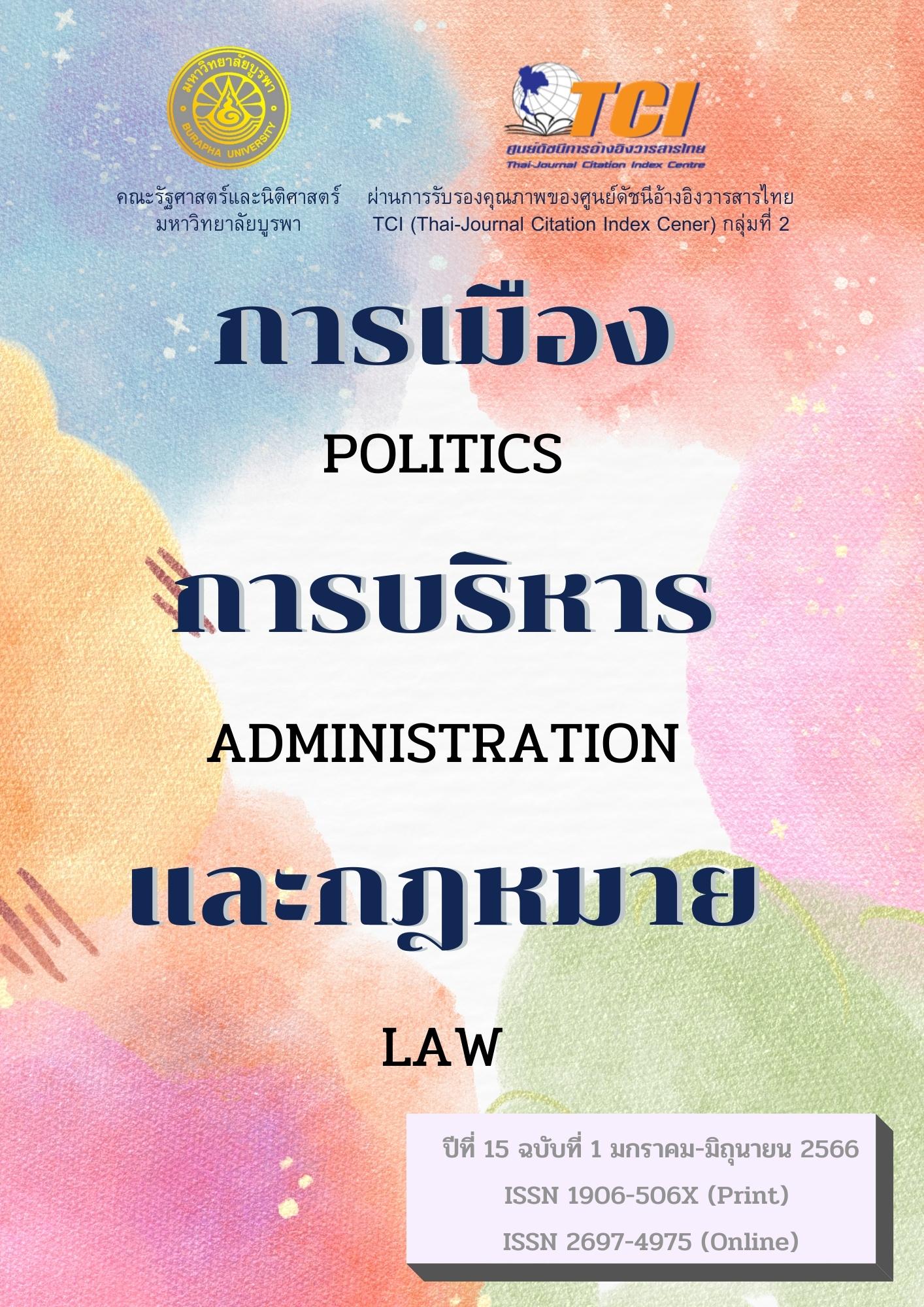A Development of Forensic Science Evidences Collection in Case Missing and Unidentified Bodies in Thailand
Keywords:
missing person, unidentified bodies, forensic science, crimeAbstract
This research article aims to study the problems, and to analyze the collection of forensic evidence as well as the guideline of forensic science evidence collection in case of missing persons and unidentified bodies in Thailand. This study was the qualitative research by using the interview method in collecting the information from 11 informants comprising government officials, officers of Non-Government Organizations, legal experts, and family members of injured persons in case of missing and unidentified person.
The result showed that the problems in case of missing persons and unidentified bodies in Thailand included: 1) law that has not yet imposed clearly of the criminal offence, remedy for injured person, and other related rules when performing works on this case; 2) investigation that has not been relevant to facts; 3) operations by related agencies that have not been performed in the same direction; 4) inability to access to the legal procedures by injured persons which caused the legal proceedings in case of missing persons and unidentified bodies; 5) searching for information about the missing persons and unidentified bodies has not focused on the information records, acknowledgement of the incident, or information about missing persons; and 6) variety of criminal patterns and behaviors whereas the characteristics of missing persons must be based on the consideration on fact. Thus, a specific law on this case would make the investigation, inquiry, and operations of related officials efficient and relevant to the missing persons’ behavior. In addition, the procedure of evidence collection must be shaped in the same direction by linking all information about missing persons before being proved the forensic science in order to obtain the necessary and useful information for further investigation while the evidence must be reliable and lawful, which leads to the authentication that would be most beneficial to the administration of justice.
References
เกียรติขจร วัจนะสวัสดิ์, (2547). คำอธิบายกฎหมายอาญาภาค 1 (พิมพ์ครั้งที่ 8). กรุงเทพฯ: พลสยาม พริ้นติ้ง.
ปณิธาน พิมลวิชยากิจ. (2562). ผลกระทบในเชิงกฎหมายและกระบวนการยุติธรรม เมื่อไม่มีกฎหมายบังคับใช้โดยเฉพาะกับปัญหาการบังคับสูญหาย. วารสารวิทยบริการ
มหาวิทยาลัยสงขลานครินทร์, 30(3), 128-137.
พัชรา สินลอยมา. (2551). การจัดความรู้ด้านการสืบสวนติดตามคนหายในประเทศไทย. นครปฐม: คณะนิติวิทยาศาสตร์, โรงเรียนนายร้อยตำรวจ.
รัชดาภรณ์ เบญขวัฒนานนท์. (2559). นิติวิทยาศาสตร์ พิสูจน์เอกลักษณ์บุคคล FORENSIC PERSONAL IDENTITY. สาขานิติวิทยาศาสตร์, คณะวิทยาศาสตร์,
มหาวิทยาลัยขอนแก่น.
รัชดาภรณ์ มรม่วง และคณะ. (2562). การศึกษาปัญหา อุปสรรค ในการปฏิบัติงานด้านคนหายและศพนิรนามภาคประชาสังคมของประเทศไทย. วารสารวิชาการอาชญาวิทยาและ
นิติวิทยาศาสตร์ โรงเรียนนายร้อยตำรวจ, 5(2), 58-72.
ศูนย์บริการข้อมูลคนหายและศพนิรนาม สำนักงานตำรวจแห่งชาติ (ศบคน.ตร.). (2563). สถิติคนหายและศพนิรนามถึงปีปัจจุบัน. วันที่ค้นข้อมูล 27 กันยายน 2565, เข้าถึงได้
จาก http://www.missingperson.police.go.th/index.php
สุธิดา สุวรรณรังสี. (2563). การศึกษาการจัดการศพนิรนามในประเทศไทย กรณีศึกษา : กรุงเทพมหานคร ปริมณฑลและภาคตะวันออก. เอกสารเผยแพร่.กรุงเทพฯ: กองพัฒนา
ระบบการติดตามคนหาย และการพิสูจน์ศพนิรนาม สถาบันนิติวิทยาศาสตร์.
Downloads
Published
Issue
Section
License

This work is licensed under a Creative Commons Attribution-NonCommercial-NoDerivatives 4.0 International License.






